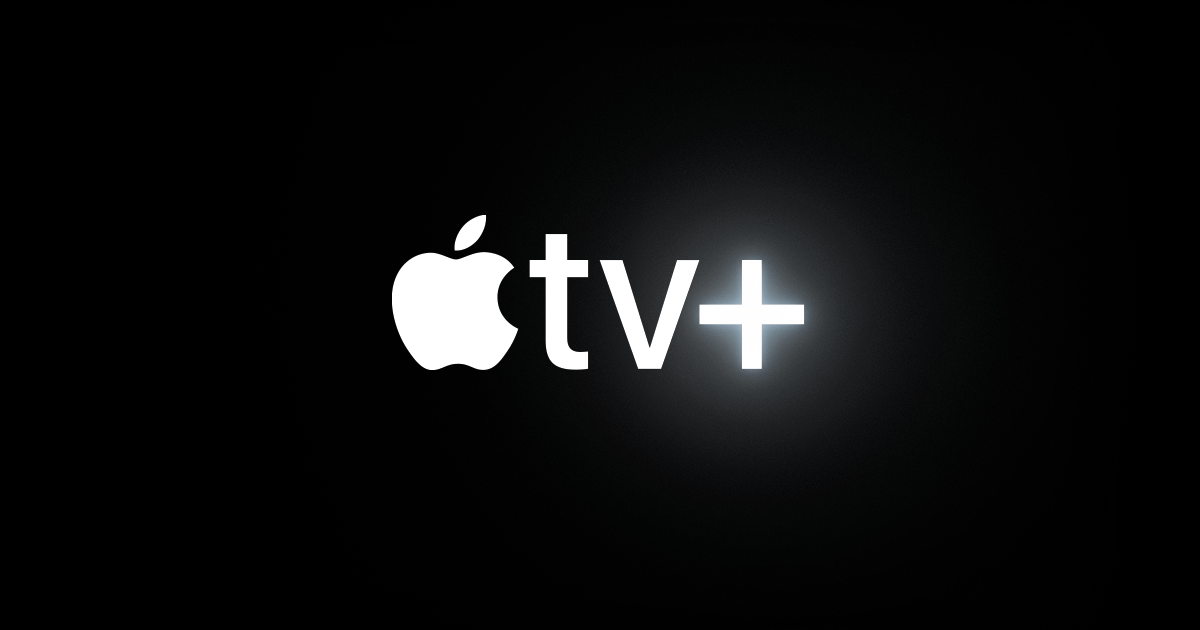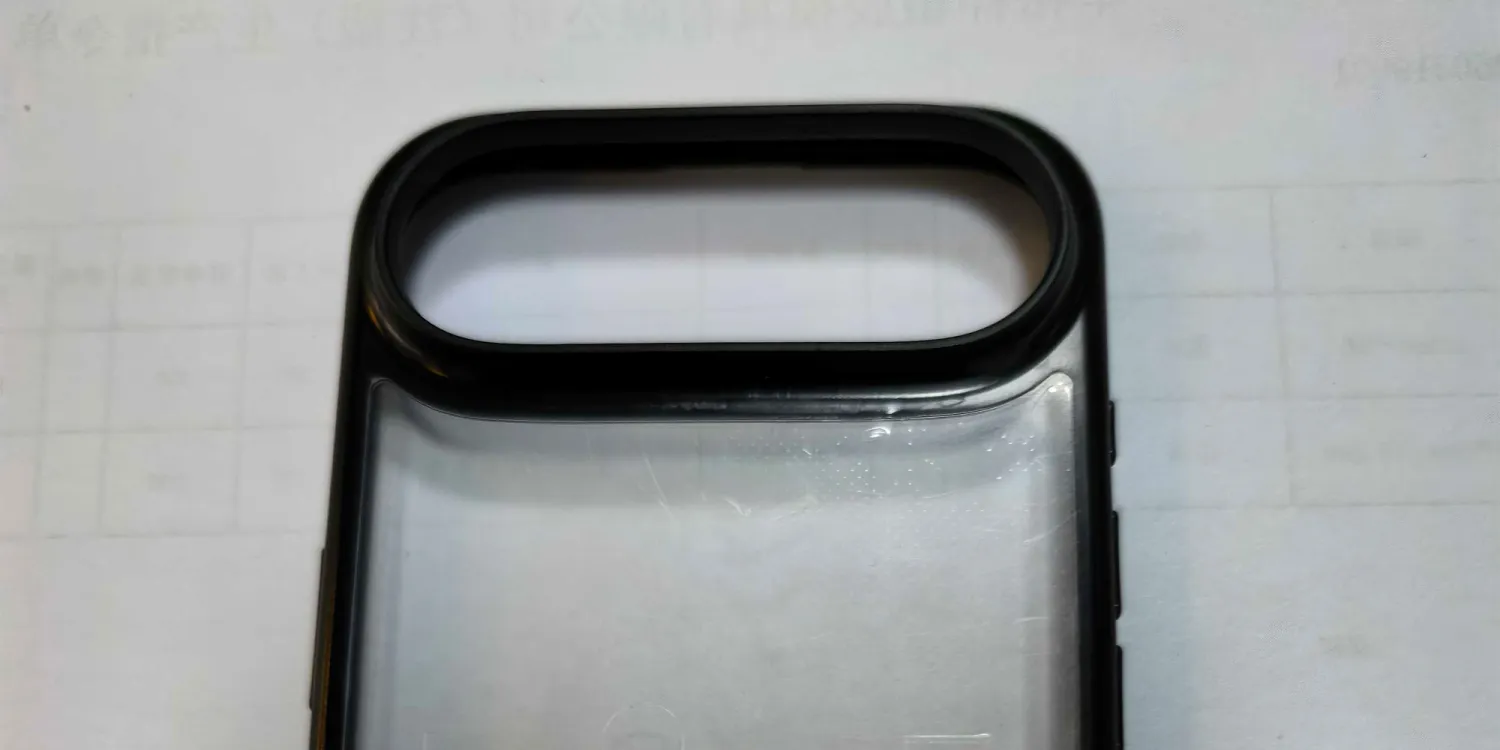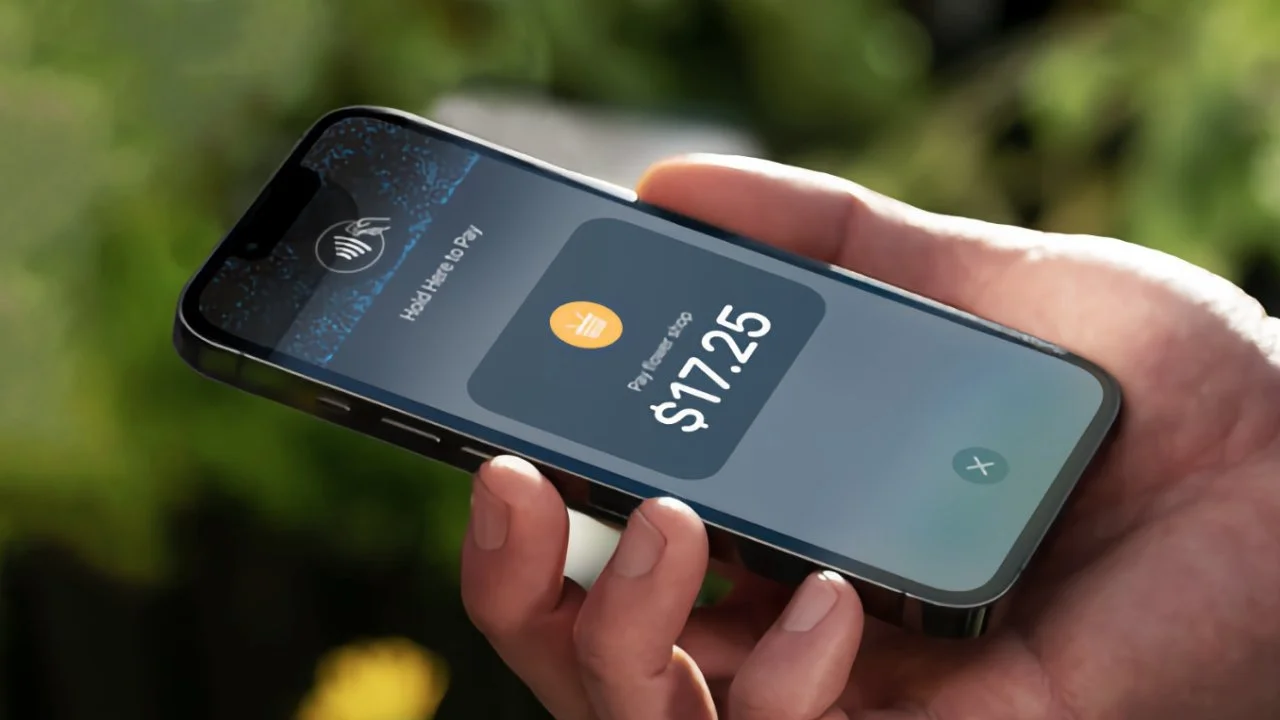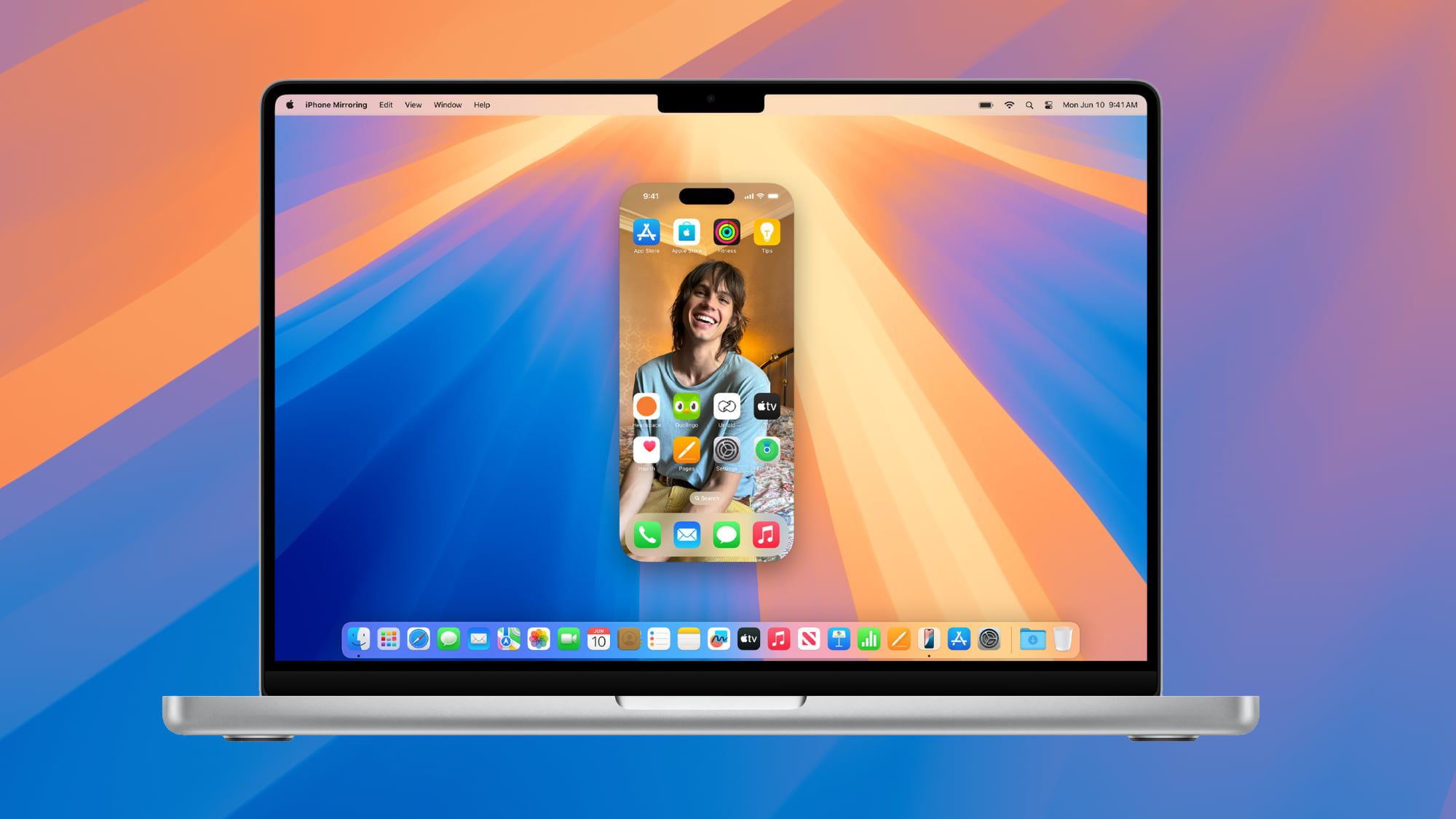Apple TV is bleeding cash, dropping around $1 billion each year, according to a recent report. The streaming service, meant to compete with giants like Netflix and Amazon, just isn’t pulling in enough viewers or profits. Experts say Apple keeps pouring money into big-name shows and movies, but the audience isn’t growing fast enough to make up for it.
Even with popular titles, the costs are piling up way faster than the cash coming in. This has sparked chatter about whether Apple needs to rethink its game plan—maybe tweak pricing, push more ads, or find cheaper ways to create content. For now, the company’s deep pockets are keeping it afloat, but how long can that last?
Meanwhile, a massive data leak from SpyX, a sneaky stalkerware app, has put millions of iPhone users at risk. This nasty software lets people secretly track others—think call logs, texts, and even locations—without them knowing. The breach spilled personal info from tons of victims, leaving them open to scams or worse.
Reports say SpyX was sneaky enough to slip past Apple’s tight security, raising big questions about how safe iPhones are. Users are now being told to watch for weird phone behavior and update their devices fast. This mess has sparked a firestorm, with people demanding Apple step up and crack down harder on shady apps like this.
Both stories show how tricky the tech world can be. Apple’s burning cash to keep its TV dream alive, while iPhone fans are dealing with a creepy privacy scare. The company’s got a lot on its plate—figuring out how to make streaming pay off and keeping users safe from leaks. For now, Apple TV’s losses and the SpyX disaster are tough reminders that even the biggest names can stumble. Fans are left wondering: can Apple bounce back from these hits, or are more bumps ahead? Only time will tell, but it’s clear the pressure’s on.








